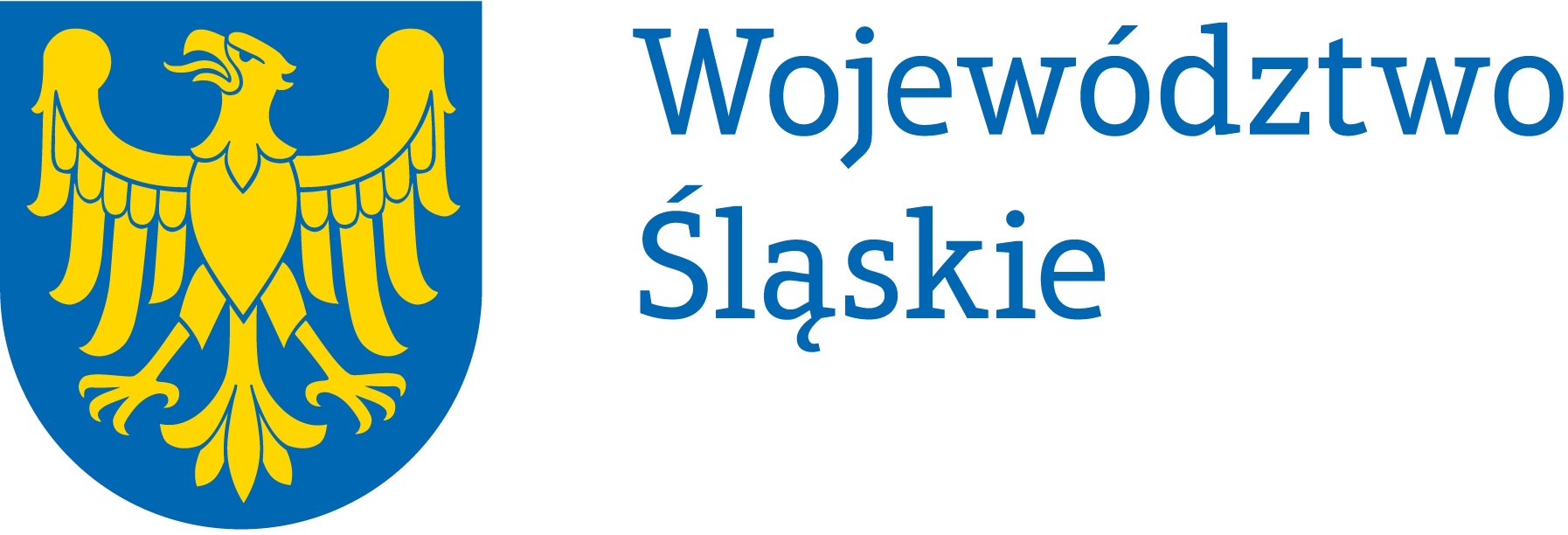Transport
Road transport
When analysing the access to transport, it should be remembered that the road infrastructure is largely influenced by the fact that Poland is situated in a transit zone. Particularly privileged are regions crossed by the Pan-European transport corridors, in some way guaranteeing the development of motorways. Silesia is one of such regions, being crossed by two out of ten Trans-European routes, namely corridor No. 3 (Berlin - Wrocław - Katowice - Kraków - Lvov) and corridor No. 6 (Gdańsk - Katowice - Żylina). The Silesian Voivodeship is recognised as an area with very good access to transport, not only thanks to the main routes, but also because of the high concentration of road infrastructure. The region has well-developed urban transport network, with 362 km of streetcar lines. A crucial role in the communication structure of the Silesian Voivodeship is played by the Upper Silesian Voivodeship. It is the crossing point of the A-4 highway and the Cross-town Road Route (Drogowa Trasa Średnicowa, DTŚ). Total traffic volumes in this direction are likely to reach in the near future around 150,000 vehicles per 24 hours. The routes have different functions - the highway is used for long-distance traffic, whereas DTŚ operates mainly local traffic and is to play the role of an inter-city route (it is called a "city highway")
Railway transport
The Silesian Voivodeship executes about 50% of all railway transports in the country. When describing the railway infrastructure, one must mention the railway junction in Tarnowskie Góry - one of Europe's largest railway junctions. Transport realised between Bielsko, Katowice and Warsaw is provided by the Central Railway Main Line (CMK), and between Katowice and Gdańsk by the Port Railway Main Lin, through which the majority of commodities from the Voivodeship is transferred. Additionally, thanks to CMK, a trip from Katowice to Warsaw (297 km distance) lasts just 2 hours and 40 minutes. The region is crossed by important railway routes, three of which are part of the international network, AGC - these are:
- E30 Drezno - Zgorzelec - Wrocław - Katowice - Medyka- Lvov - Kiev - Moscow
- E59 Malmo - Ystad - Świnoujście - Zielona Góra - Wrocław - Racibórz - Chałupki
- E65 Gdynia - Warsaw - Katowice - Zebrzydowice - Ostrava - Vienna
Worth attention is also Euroterminal in Sławków, a branch of the Metallurgy Supplies Company (Centrala Zaopatrzenia Hutnictwa S.A.) in Katowice. It is the westernmost crossing point of broad and normal gauge railway systems, therefore it has connection with freight flow systems in the Asia and the Far East - Western Europe axis. Polish section of the broad gauge railway is made up of the Broad Gauge Metallurgy Line, which is Europe's westernmost gauge with a gap of 1,520 mm.
Air transport
GTL Katowice International Airport in Pyrzowice is an official international airport. It is situated in a small village Pyrzowice (Ożarowice commune), around 30 km north of Katowice. It is used by passengers from southern Poland, and even by those from the Czech Republic and Slovakia. The airport in Pyrzowice is one of the key elements of Silesia's transport infrastructure. Since the airport is located at an elevation of 303 above sea level, weather and terrain conditions tend to be much better than at other Polish airports.
Total passenger traffic in 2009 amounted to 2,360,000. The number of passengers is increasing - compared to 2004, that this, the year of Poland's accession to the European Union, the number of passengers has grown by 380%.
The segmentation of passenger traffic shows predominance of work-related and business traffic. Around 80% of passengers arriving and departing from MPL „Katowice" as a reason of their flight states work or business. A segment constituting a potential source of an increase in private traffic is that of charter flights organised for tourists from the region served by the Airport. In 2009 the International Airport Katowice - Pyrzowice had 9.18% share in the market, which gave it the third rank on the national scale, below the leading Warsaw's Okęcie and Krakow's Balice.
In July 2007 the arrival hall and the landside area of Terminal B was opened, and at the turn of July and August flights were launched. The new Terminal was built in accordance with the requirements of the performance agreement from Schengen. The investment cost amounted to PLN 80 mln. Thanks to it, the floor space of terminals rose from 7,600 m2 to 21,300 m2, which will enable comfortable check-in of up to 3.6 mln passengers.
The building put into operation is in 100% adjusted to the needs of the disabled. The launch of Terminal B MPL Katowice places the airport in Katowice, in terms of terminals size, on the first position among Polish regional airports.
Communications
In recent years, the Silesian Voivodeship noted a substantial progress in the field of wire and mobile telephony. As for main telephone connections, the number of subscribers in 2008 amounted to 1,094,773, of which 949,609 were wire telephone subscribers. Owing to large investments in the field of telecommunications, a substantial part of the telephone network is now operated by international concerns. Apart from classic tele-information services, the Voivodeship also provides the so-called services of intelligent network, digital network etc. The development of modern tele-information services is accompanied by rapid growth in the number of Internet users.

